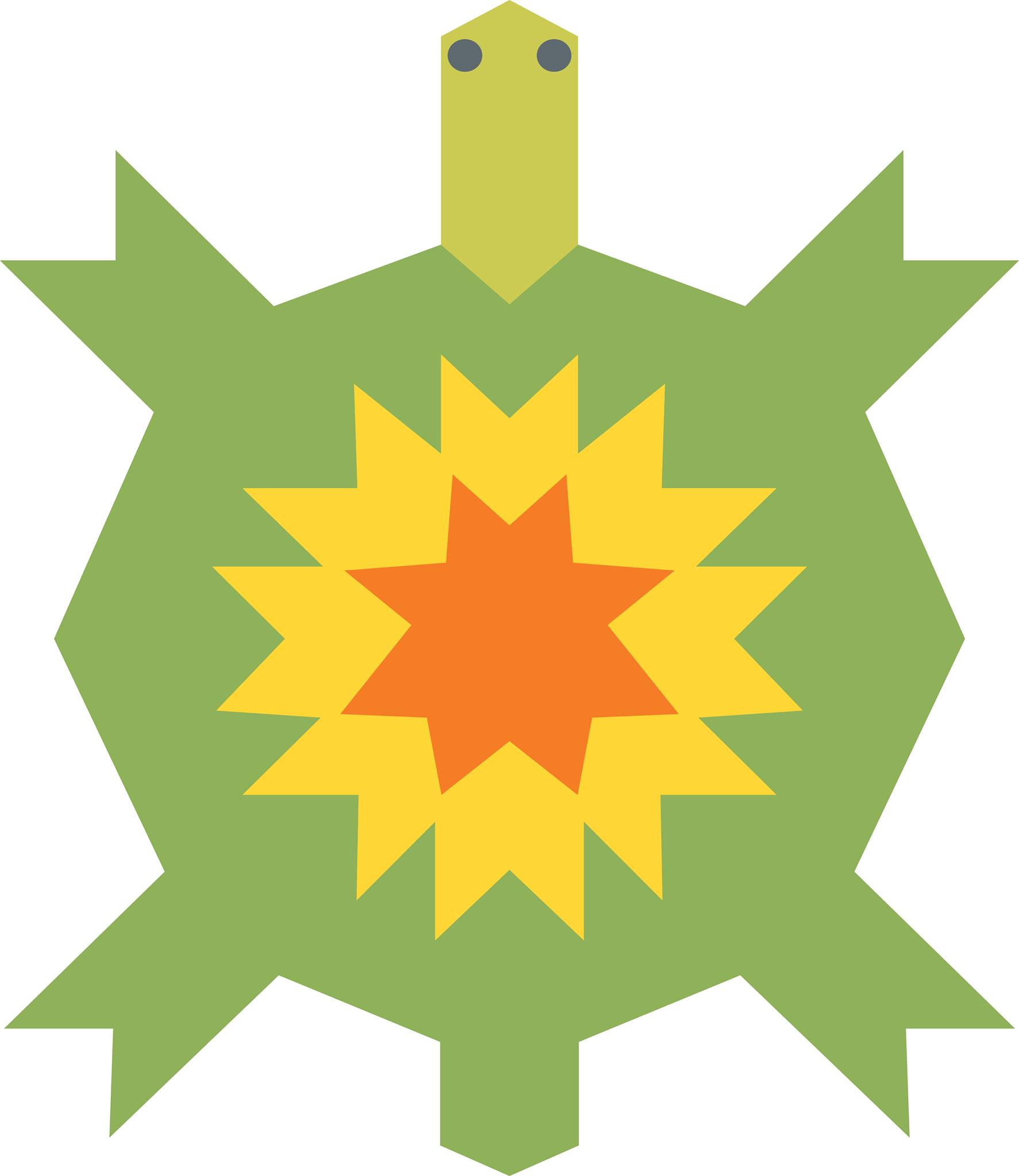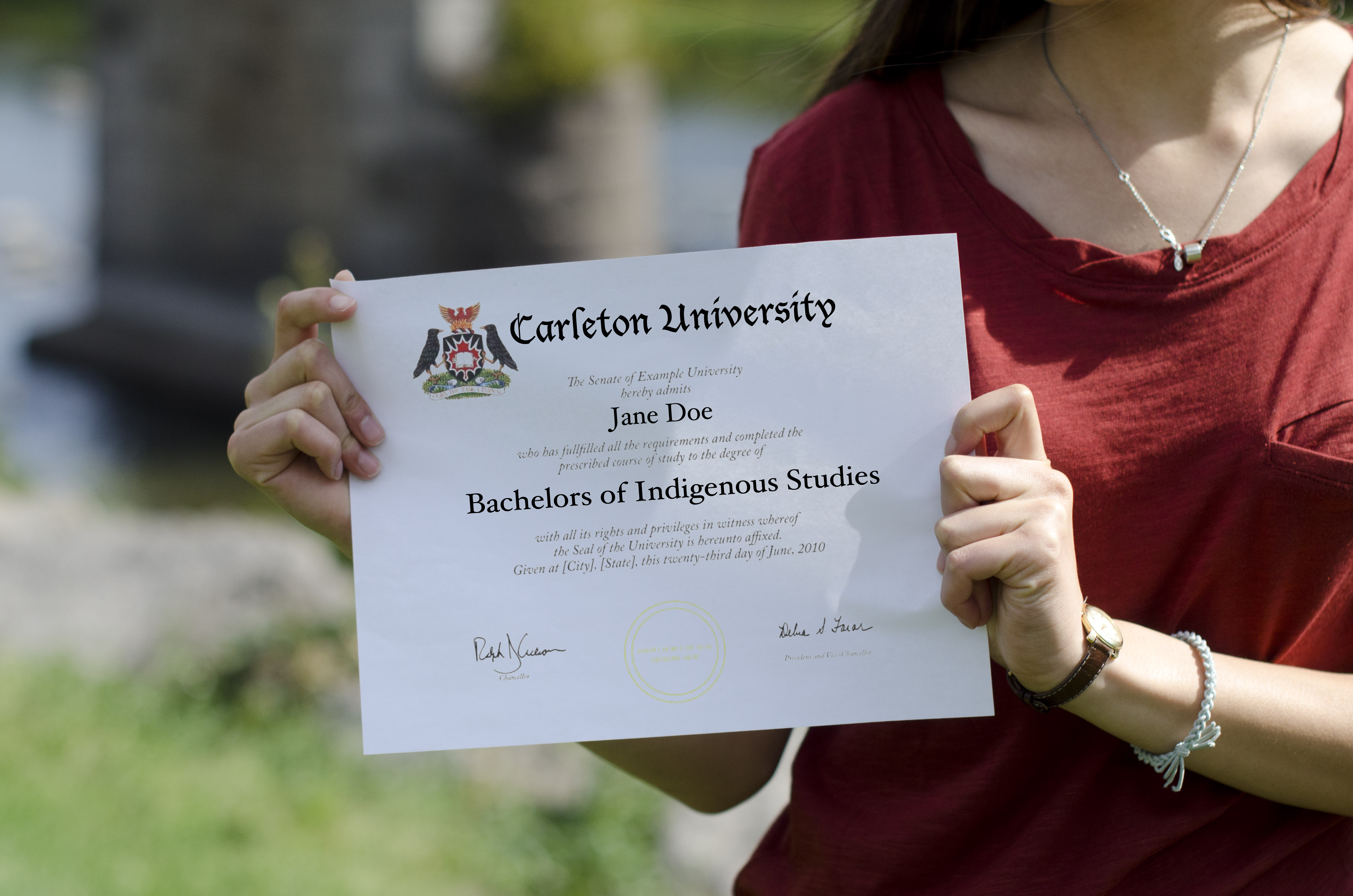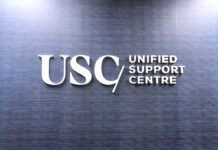The last straw for Anne-Mieke Woodrow was when she overheard a guest at her cottage say he wouldn’t hire a First Nations person.
Woodrow, a librarian at Holy Rosary Catholic elementary school in Kitchener-Waterloo, said there is prejudice against First Nations people.
“These same people would never use [the N-word] but would use . . . dirty Indian, lowlife, and they don’t get how the two are equal.” she said.
In the early 2000s, Woodrow said she decided to go back to school to become a librarian with this problem still lingering in her mind.
“It profoundly bothered me and in fact it got to the point where I just couldn’t be with certain people up at our cottage because it just drove me crazy,” she said.
She said she believes prejudice towards Indigenous peoples in Canada stems from ignorance.
“Canadians as a whole . . . are as prejudiced [towards Indigenous peoples] as the U.S. is towards black people,” she said.
She said she has made it her goal to make sure the next generations do not adopt the same prejudices as previous generations. With the help of teachers she has been able to stock her school’s library with books for all reading levels about the experiences of First Nations, Inuit and Métis peoples. She said these materials are regularly used in the classroom.
Is university too late to start?
The University of Winnipeg (U of W) Students’ Union and the Aboriginal Students’ Council successfully petitioned university administrators to introduce a mandatory Indigenous studies course.
In March 2015, the U of W’s senate passed a motion stating that all undergraduate students will have to take one Indigenous studies course to graduate.
Gabriel Ricardo Nemogá Soto, associate professor and graduate chair at the U of W’s Indigenous studies faculty, said Indigenous studies are important for all students.
“Students learn how to preserve their Indigenous heritage from the past to the current time, and the challenges faced throughout history,” Soto said. “There are so many changes in government and in the world that it becomes a challenge.”
The U of W has one of the highest percentage of Indigenous studies graduates in Canada.
“[Students] come from all over to recognize who they are, and where they belong to communities here in Canada and in the world,” Soto said.
Starting in 2016, all students at Lakehead University will also be required to take an Indigenous studies credit. Although the decision has been supported by petitioners and school administration, others have criticized the move.
Josh Dehaas, columnist for Maclean’s Magazine, supported the Regina Engineering Students’ Society in their refusal to take a mandatory Indigenous studies class because it would use up one of their electives and would cost them an extra $650 to take the class.
In his article, he said that a mandatory course would just create resentment and a toxic learning environment.
Ash Courchene, Carleton University’s Aboriginal Service Centre co-ordinator, said he thinks Dehaas has a point.
“Your ideas are already informed and then you come to post-secondary and you hear it for the first time, all of a sudden it’s kind of a kick in the face,” he said. “Some people definitely get angry.”
Courchene said he still agrees with the U of W’s decision but would like to see Indigenous issues talked about in the classroom much earlier than university. “Before coming to university I was in a cooking program and when the kids there found out I was funded, all four or five of them [aggressively] came on to me with their opinions,” he said. “They just didn’t have that foundational knowledge [of treaty rights.]”
In November 2007, the Ontario Ministry of Education updated the kindergarten to Grade 12 social studies curriculum to include the experiences and issues faced by Aboriginal peoples.
Woodrow said she believes this will lead to some positive change. “To me, kids in grade school are very impressionable and that’s when you have to start grabbing them,” she said.
Closing the gap
Allan Ryan, associate professor of Canadian Studies at Carleton, said he does not think university is too late to learn about these issues.
“Students should have learned a lot of this in high school and they didn’t,” he said.
He said his role is to expose his students to Indigenous narratives and experiences.
“It enriches their understanding of Canadian history and goes against the grand narrative,” Ryan said.
“There’s a richness to those Indigenous stories, and not just because they have finally gotten a forum to share those stories, which they have wanted to do for a long time, but in the past, those stories have been actively suppressed.”
He said sharing these stories is especially important for Indigenous youth. “For those that are in university, it may be the first time those stories have ever been affirmed as something not just valuable but good,” he said. “To have someone affirm the value of their culture, it’s affirming for their self-esteem.”
Ryan said this became apparent to him when he taught at a high school in the Mystery Lake school district in northern Manitoba. Local elders requested that he incorporate the value of Indigenous culture into his lessons.
“From the band council, the only directive I got from them was help improve the self-esteem of our students any way you can,” he said. “I promote culture through the arts.”
Ryan said the benefits of Indigenous studies courses do not end there. “We can certainly read articles and we can theorize and we can look at videos but I want to focus on sort of that lived experience . . . in a sense that’s a custom-made class just for those students,” he said.
Ryan said he thinks Indigenous studies courses offer that experience to all students.
Building bridges
Jennifer Adese, assistant Canadian studies professor at Carleton, said she believes Indigenous studies courses serve an important purpose in a university.
“You can study Indigenous studies in a non-Indigenous studies course,” she said. “Some people may teach a topic about residential schools, but usually in Indigenous studies, Indigenous peoples’ perspectives are often at the heart of what we do.”
She said universities need to work hard to incorporate these stories. “The historic exclusion of Indigenous people from universities . . . has meant that the perspectives of Indigenous people have been very narrow and told by non-Indigenous people,” she said. “We’re starting to right that historical wrong.”
Woodrow said righting that wrong is the responsibility of educators. “It’s so much our responsibility as people who work in the education system to try and dispel some of these stereotypes,” she said. “If they get these positive things when they’re little, it’s going to be hard to have someone become prejudiced.”
Adese said she stresses the importance of trying to find a way to get students to relate to the material. “Unless we are looking at courses that put this information into a context that people care about, it’s hard to encourage them or gain their support or have them want to learn about these sorts of things,” Adese explained.
Woodrow said it can start with something simple such as showing them how young the authors are when she reads aloud to her students.
“If I can, I show them a picture of the author,” she said. “These aren’t people who have been dead for 200 years.”
Woodrow said it is these small things that can go a long way in teaching Canadian students about the Indigenous people of Canada.






